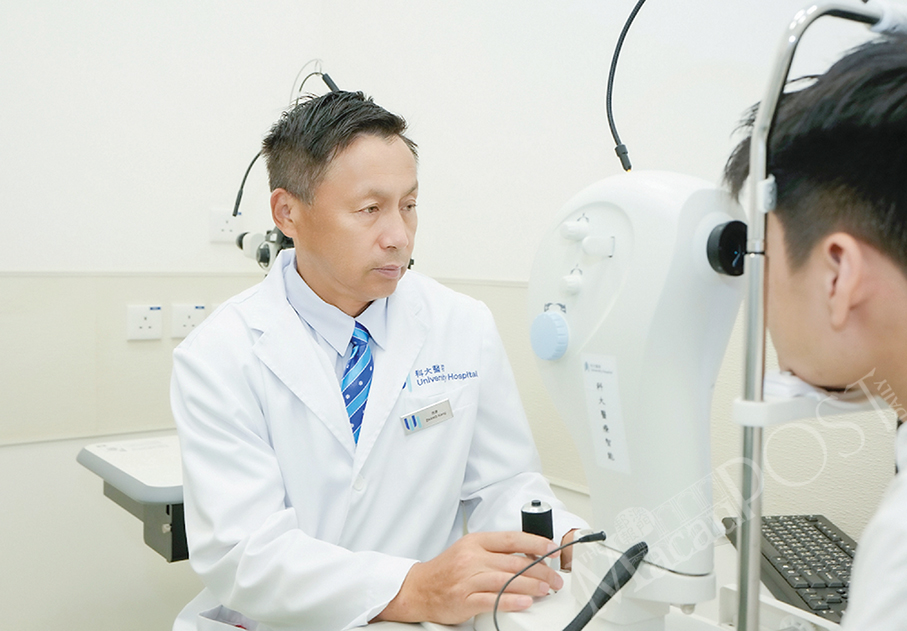A statement from the Macau University of Science and Technology (MUST) yesterday announced that Prof Zhang Kang from the Faculty of Medicine led a collaborative team to develop “the world’s first AI-powered predictive system for glaucoma onset and progression, based on retinal photographs”.
The private university said that the latest results on “the application fundus* photography in the prediction of glaucoma onset and progression online” is available in the Journal of Clinical Investigation (JCI), which can be accessed at https://www.jci.org/articles/view/157968.
The statement pointed out that glaucoma is “a group of optic neuropathies” and is “the global leading cause of irreversible vision loss”. The statement added that in 2020, the Chinese Journal of Ophthalmology reported that “21 million Chinese citizens were diagnosed with glaucoma, with 5.67 million of these cases resulting in vision loss”.
The statement said that at population level, glaucoma is a major public health concern as it accounts for vision loss in every four out of 1,000 individuals. The statement underlined that owing to the asymptomatic nature of early-stage glaucoma, around 50 percent of the patients are not diagnosed until they enter mid-to-late stage of the disease, adding that accurate predictions for risks of disease onset and progression would enable “close follow-up and timely interventions to minimise glaucoma-induced damage in visual functions”.
The statement noted that this is the first time that “the world is seeing the simultaneous application of AI in hospital and community-based settings to accurately predict glaucoma disease and progression”. The system could detect “high risk of disease progression from the affected patient” and “predict disease onset in normal individuals”.
MUST’s Dean of the Faculty of Medicine Manson Fok was quoted in the statement as saying that “the pre-existing diagnosis procedures for glaucoma, including intraocular pressure measurements and visual field perimetry tests, are complicated and inconvenient for the patients”. Fok also said that the new system avoids the cost and inconvenience of multiple tests and “can be applied broadly in clinical settings, both in-person and remotely, for disease screening.”
*Fundus is the back, interior part of the eye, accommodating the retina and associated blood vessels.

This undated handout photo provided by MUST yesterday shows Prof Zhang Kang checking a patient’s eyes.







